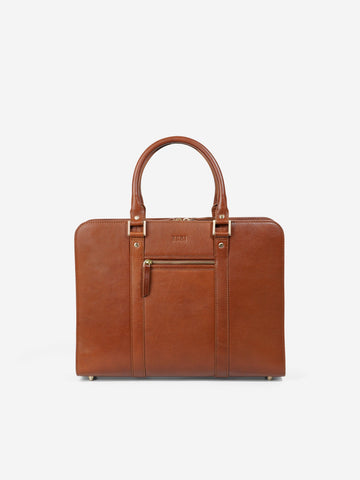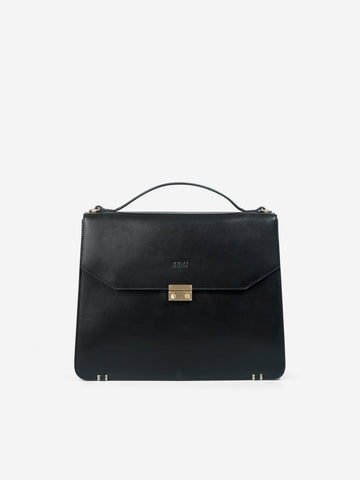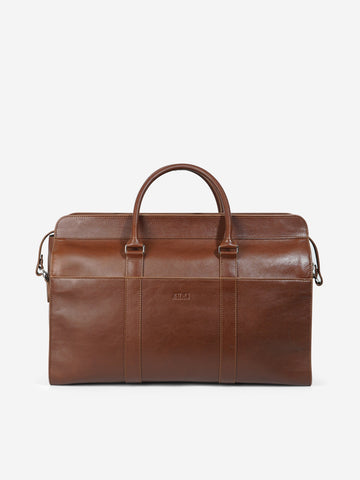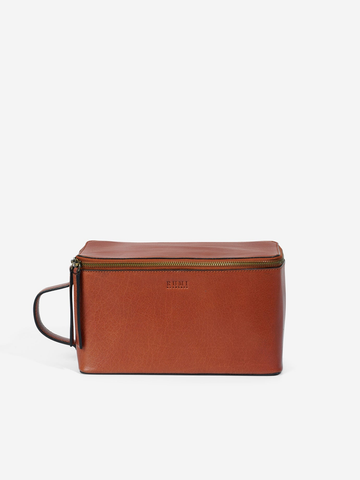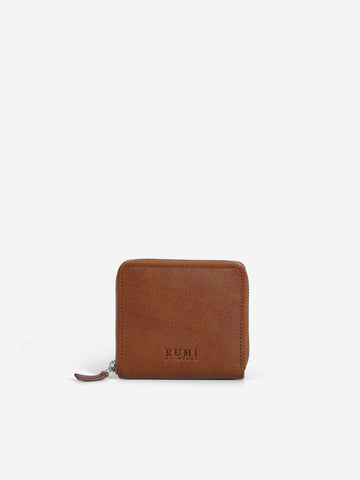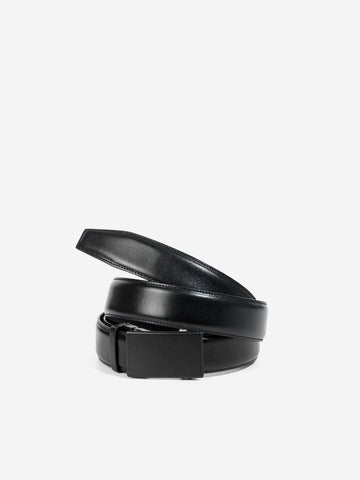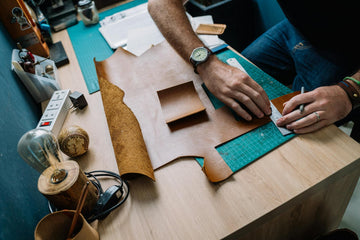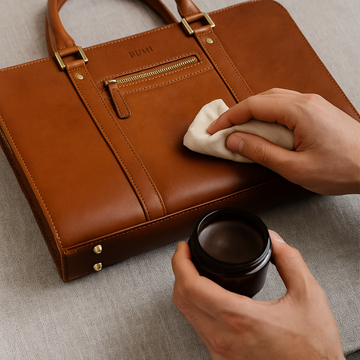Understanding the differences between types of leather is essential when choosing a bag or accessory meant to last. It’s not just about aesthetics – leather quality affects feel, durability, and how the product ages. Below, we explore the most common leather grades and explain why RUMI OF SWEDEN only works with the finest.
Full-grain leather – the highest standard of natural quality
Full-grain is the top grade of leather. It comes from the outermost layer of the hide and remains untouched by sanding or buffing, preserving natural textures and unique markings. The result is a highly durable leather that ages gracefully, developing a patina that adds character over time.
All bags in our collection are crafted using full-grain leather – including the Gothenburg weekend bag and Livia briefcase, both designed to unite form and function with timeless materials.
Top-grain leather – second best, but more processed
Top-grain is also a high-quality leather, but it has been sanded to remove surface imperfections. While this gives a more uniform appearance, it lacks the rich texture and natural feel of full-grain. It’s softer and more pliable, but not as durable over time.
Split leather, genuine leather, and bonded leather
Lower down the scale is split leather, taken from the inner layers of the hide. It’s thinner, less durable, and typically found in lower-cost products. “Genuine leather” may sound promising, but it’s a broad term that says little about actual quality. Bonded leather is made from leftover fibers and scraps, glued together and embossed to resemble real leather – but without its strength or feel.
Why we choose full-grain
At RUMI OF SWEDEN, quality and longevity guide everything we do. That’s why we work exclusively with full-grain leather sourced from LWG-certified tanneries, ensuring both environmental responsibility and superior craftsmanship. Our Santorini weekend bag, for example, is designed to age beautifully and endure through years of use.
Interested in how we tan our leather responsibly? Stay tuned – we’re soon publishing a separate article on vegetable tanning and how it compares to other methods.
